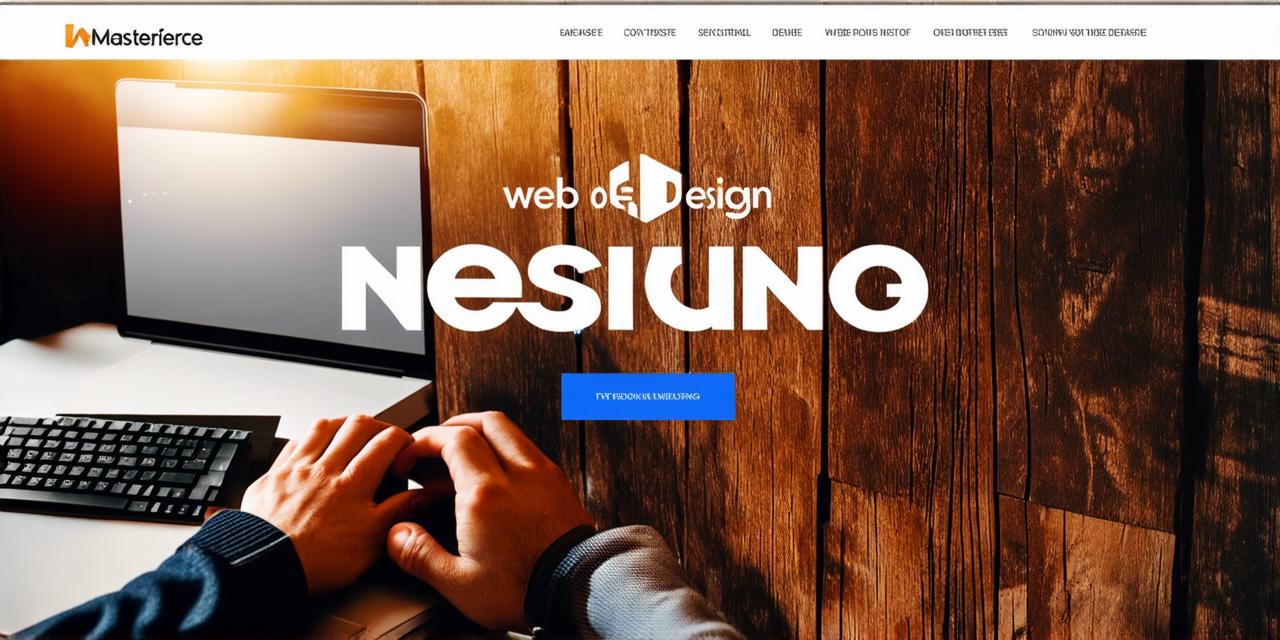In the dynamic world of web design, standing out is not just about having an eye for aesthetics. It’s about mastering the art and science of creating captivating digital experiences. Here are the essential requirements that will propel you to the top of the web design industry.
1. Understanding User Experience (UX)
A successful web designer is not just a visual artist but also a problem solver. Understanding user needs, behaviors, and preferences is crucial in creating intuitive and engaging interfaces.
Case Study: Consider the redesign of Airbnb’s platform. By focusing on UX, they simplified the booking process, resulting in a 40% increase in conversions.
2. Mastering User Interface (UI) Design
While UX is about the overall experience, UI design focuses on the look and feel of the interface elements. A good web designer should be proficient in using tools like Adobe XD, Sketch, or Figma to create visually appealing and functional designs.
Personal Experience: I remember my first project where I overlooked the importance of UI design. The site was functional but lacked the visual appeal that could have made it stand out. Lesson learned!
3. Coding Skills
While you can use design tools to create mockups, having coding skills gives you the power to bring your designs to life. Knowledge of HTML, CSS, and JavaScript is a must for any web designer.
Research: According to W3Schools, over 1.5 billion websites are powered by HTML. Mastering this language is essential for every web designer.
4. Responsive Design
With the rise of mobile devices, responsive design has become a necessity. A good web designer should be able to create designs that adapt seamlessly across different screen sizes and devices.
Experiment: Try resizing your browser window while viewing popular websites. Notice how they adjust their layout to fit the new screen size? That’s responsive design in action!
5. Understanding SEO
Web design is not just about aesthetics; it’s also about making sites accessible and easy to find. Understanding SEO principles can help you create sites that are friendly for both users and search engines.
Quote: “SEO is not just about building campaigns, it’s about creating amazing experiences around content. Content is where I expect everyone, from a small blogger to a large business, to begin.” – Rand Fishkin, SEO Expert
6. Continuous Learning
The world of web design is constantly evolving. To stay relevant, you must be committed to continuous learning and adaptation. Keep up with the latest trends, tools, and best practices.
FAQs:
- What are some good resources for learning web design? (Online courses on platforms like Coursera or Udemy)
- How long does it take to become a proficient web designer? (It depends on your dedication and practice, but it can take several months to a few years.)

In conclusion, becoming a successful web designer requires a blend of creativity, technical skills, and understanding of user needs. By focusing on UX, UI, coding, responsive design, SEO, and continuous learning, you’ll be well on your way to creating captivating digital experiences that resonate with users and stand out in the competitive world of web design.


